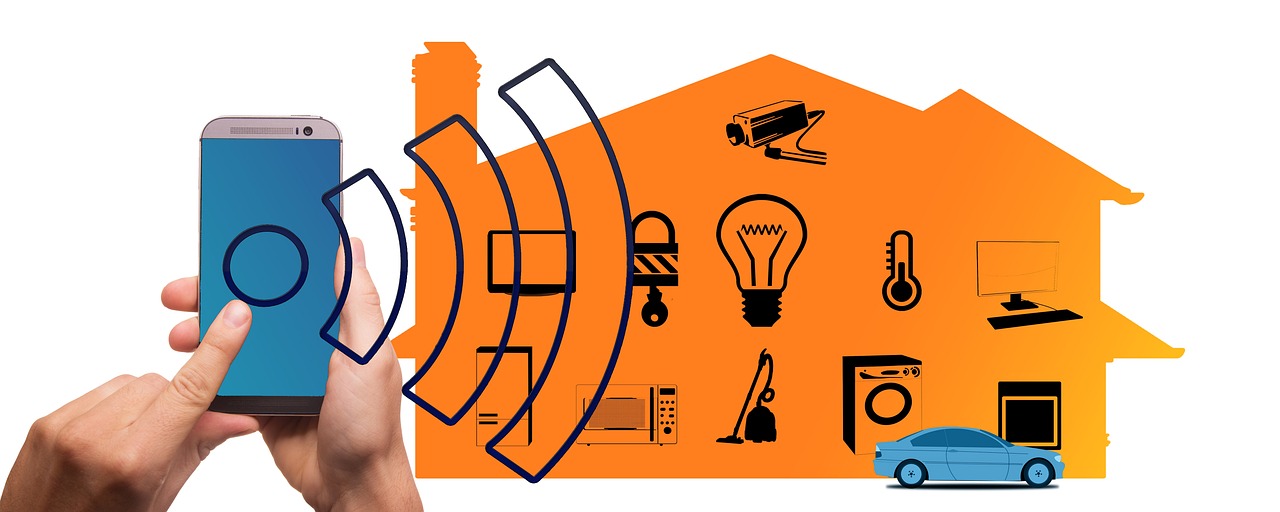Smart lighting
Contents |
[edit] What is smart lighting?
Smart lighting allows users to control and customise the lighting in a building using remote devices such as smartphones or tablets. It is designed to be convenient, energy-efficient, and programmable, and can be used to create a variety of lighting environments for different tasks or occasions.
[edit] What are the advantages of smart lighting?
One of the main advantages of smart lighting its ability to control lighting remotely. This can be done using a smartphone or tablet, or through a smart home hub. With smart lighting, users can turn lights on or off, dim them, or change their colour from anywhere with an internet connection. This can be particularly useful when the user is away from the building, as it allows them to turn the lights off if they forgot to do so before leaving, or to turn them on when they are on their way home.
Smart lighting is also energy-efficient. Many smart bulbs use LED technology to reduce energy consumption. Additionally, the ability to control lighting remotely means that users can turn off lights that are not needed.
Many smart bulbs can be programmed to change colour, allowing users to create a variety of different lighting environments for different tasks or occasions. For example, a user might choose a softer, warmer light for relaxation or a cooler, brighter light for tasks such as reading or cooking.
Smart lighting can be integrated with other smart devices, such as thermostats and security systems, allowing control all of a property's systems from one central location.
Smart lighting can also be programmed to turn on and off at certain times, creating the illusion that someone is home even when they are not. This can deter burglars and increase overall safety and security.
[edit] What are the disadvantages of smart lighting?
Smart lighting systems can be expensive to instal, especially if you want to retrofit your entire home with smart bulbs. The cost of smart bulbs can also be higher than traditional bulbs. They can also be complex to set up and use, especially for people who are not tech-savvy. It may take some time to learn how to use all of the features and functions of a smart lighting system.
Most smart lighting systems require a central hub to function. If this hub fails or loses power, the smart lighting system may not work properly. Smart lighting systems also require an internet connection to function properly. If the internet goes down, the smart lighting system may not work properly.
Smart lighting systems may not be compatible with older homes or buildings that do not have the necessary wiring or infrastructure in place.
Some people may also be concerned about the privacy implications of having a smart lighting system that can be controlled remotely.
[edit] Related articles on Designing Buildings
- Commercial lighting.
- General lighting v task lighting.
- Light fitting.
- Lighting and energy efficiency.
- Lighting control.
- Lighting for circadian rhythms.
- Lighting in commercial buildings.
- Lighting of construction sites.
- Lighting.
- Natural light.
- Smart lighting market to 2020.
- Smart office lighting.
- Types of lamp.
- Types of lighting.
[edit] External references
- "Smart lighting explained: What it is and why you should care." CNET. https://www.cnet.com/news/smart-lighting-explained-what-it-is-and-why-you-should-care/
- "Smart lighting: A beginner's guide." Techradar. https://www.techradar.com/uk/news/smart-lighting-a-beginners-guide
- "Smart Lighting: The Benefits and Drawbacks." Electronic House. https://www.electronichouse.com/smart-home/smart-lighting-the-benefits-and-drawbacks/
Featured articles and news
Wellbeing in Buildings TG 10/2025
BSRIA topic guide updates.
With brief background and WELL v2™.
From studies, to books to a new project, with founder Emma Walshaw.
Types of drawings for building design
Still one of the most popular articles the A-Z of drawings.
Who, or What Does the Building Safety Act Apply To?
From compliance to competence in brief.
The remarkable story of a Highland architect.
Commissioning Responsibilities Framework BG 88/2025
BSRIA guidance on establishing clear roles and responsibilities for commissioning tasks.
An architectural movement to love or hate.
Don’t take British stone for granted
It won’t survive on supplying the heritage sector alone.
The Constructing Excellence Value Toolkit
Driving value-based decision making in construction.
Meet CIOB event in Northern Ireland
Inspiring the next generation of construction talent.
Reasons for using MVHR systems
6 reasons for a whole-house approach to ventilation.
Supplementary Planning Documents, a reminder
As used by the City of London to introduce a Retrofit first policy.
The what, how, why and when of deposit return schemes
Circular economy steps for plastic bottles and cans in England and Northern Ireland draws.
Join forces and share Building Safety knowledge in 2025
Why and how to contribute to the Building Safety Wiki.
Reporting on Payment Practices and Performance Regs
Approved amendment coming into effect 1 March 2025.
























Comments
[edit] To make a comment about this article, or to suggest changes, click 'Add a comment' above. Separate your comments from any existing comments by inserting a horizontal line.